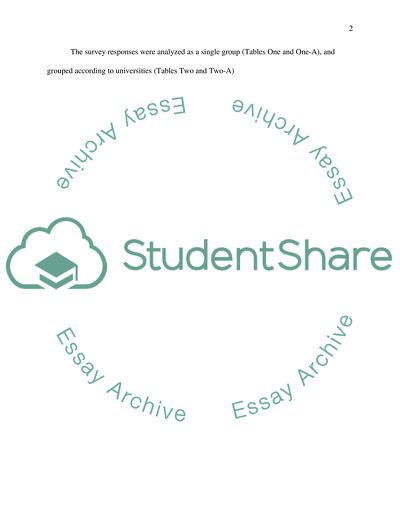Cite this document
(Assessment of Students Satisfaction with Universities Services Research Paper - 2, n.d.)
Assessment of Students Satisfaction with Universities Services Research Paper - 2. Retrieved from https://studentshare.org/education/1726535-assignment
Assessment of Students Satisfaction with Universities Services Research Paper - 2. Retrieved from https://studentshare.org/education/1726535-assignment
(Assessment of Students Satisfaction With Universities Services Research Paper - 2)
Assessment of Students Satisfaction With Universities Services Research Paper - 2. https://studentshare.org/education/1726535-assignment.
Assessment of Students Satisfaction With Universities Services Research Paper - 2. https://studentshare.org/education/1726535-assignment.
“Assessment of Students Satisfaction With Universities Services Research Paper - 2”, n.d. https://studentshare.org/education/1726535-assignment.


